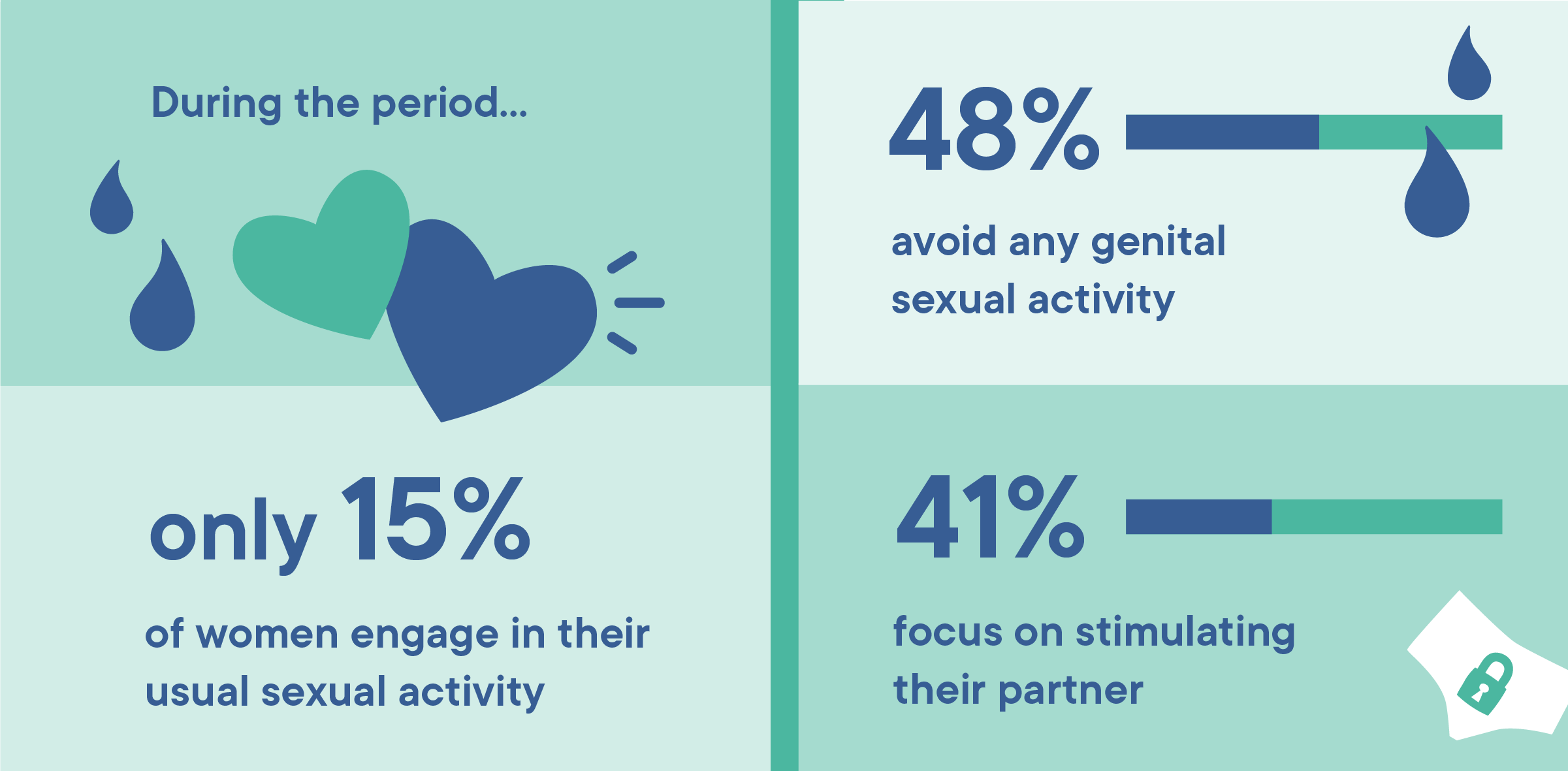Illustrations by Katrin Friedmann
Condom use from a female perspective: Clue’s study with KI-CURT
“This is the largest and most internationally diverse study examining the effect of menstruation on current sexual practices and the use of condoms.” —Stephanie A. Sanders, Senior Scientist at The Kinsey Institute & Provost Professor, and Peg Zeglin Brand, Chair of Gender Studies, Indiana University, Bloomington, Indiana USA
Clue and Kinsey partnered in 2017 to investigate the effects of new tech on people's sex lives. Now we're collaborating on a study of the world's oldest sex tech—condoms—but with a new twist. What's the female take on the "male" condom?
Together with the Kinsey Institute Condom Use Research Team (KI-CURT) at the Kinsey Institute, Clue polled 95,000 people from 200 countries on condom use and menstruation. Our focus on condom use from a female* perspective is a unique and major advancement in understanding why women do and don't use condoms, and how these choices are affected by their period and their partners. Here’s what we learned:
*All participants reported menstruation in the last three months. In this survey, 98% of respondents identified their gender as “woman”, 2% of respondents listed other gender identities (such as non-binary or transgender man). In these results the term “female” is used to refer to respondents who identified their gender as “woman”.

FINDING #1
Females play a larger role than researchers expected in deciding when to use a condom.
About 1 out of 5 reported that they decide (rather than their partner deciding)
About three-quarters reported that both partners usually make the decision
Only 5% of respondents reported that their partner usually decides about condom use
This means that “male condoms” are not necessarily “male-controlled” contraception and sexually transmitted disease protection, but that condom use involves both sexual partners and women play an active role in decision making.

FINDING #2
Condoms are used less often during menstruation.
Of those who had vaginal intercourse when not bleeding in the past three months, 64% reported use of “external” or “male” condoms
Of those having vaginal intercourse when bleeding, 49% reported use of “external” or “male” condoms
30% of respondents not using condoms during their periods reported that they are less worried about risk of pregnancy during their period
One-in-three respondents not using condoms during periods reported that they were unconcerned about catching a sexually transmitted infection
Reported use of condoms declined 15% during menstruation. This finding is significant and concerning, because rates of STI transmission and acquisition are higher at certain times of the menstrual cycle, including during menstruation. While condoms prevent pregnancy, they are also hugely significant in reducing STI transmission. It is possible to get pregnant during your period, although the day-specific risk is variable and depends on your cycle, age and health.

FINDING #3
Only 15% of respondents reported engaging in their usual sexual activity during menstruation.
People changed their sexual behavior during their periods. The survey identified which behaviors were changed, but we don’t know exactly why people made those decisions. There are many potential explanations: societal beliefs and taboos about hygiene, cramps or discomfort affecting libido, and/or a fear of staining sheets or clothing are just a few.
49% reported avoiding any/all genital sexual activity during their period
21% reported avoiding any/all sexual activity (even non-genital) during their period
41% reported avoiding any sexual contact with their own genitals, and focused only on stimulating their partner
1.4% of the total sample identified as genderqueer/nonbinary. Genderqueer and nonbinary respondents were more likely than those identifying as women to report engaging in their usual sexual activities during menstruation (21% compared to 15%)
If you get a period and have sex with people with penises, here’s what this means for you:
Always use a condom with an untested partner, especially on your period. Condoms are not only important for preventing pregnancy—they are even more important for preventing the transmission of STIs, including HIV, especially during your period. During certain times of your cycle, including your period, the changes in your immune function and vaginal environment may make it more likely you'll contract an STI/HIV if you're exposed.
Stock up on condoms. Different partners are different sizes and different people like different types of condoms. If you’re not comfortable buying them in person, order them online.
Use lube with condoms (and whenever else you want to). The amount of fluid you produce varies with your menstrual cycle. Lube helps avoid condom breakage. It is important that you not use oil-based lubricants with condoms, as such lubricants can cause holes and lead to breakage. Need help picking a lubricant? We wrote a handy guide for you.
Want to read more? Download this PDF for more detailed analysis and statistics.
The KI-CURT researchers will dive even deeper into these data to gain further insights on how condoms are used and sexual behaviors change during periods and throughout the cycle. We’ll keep you posted on what we learn and where to find the published scientific papers.